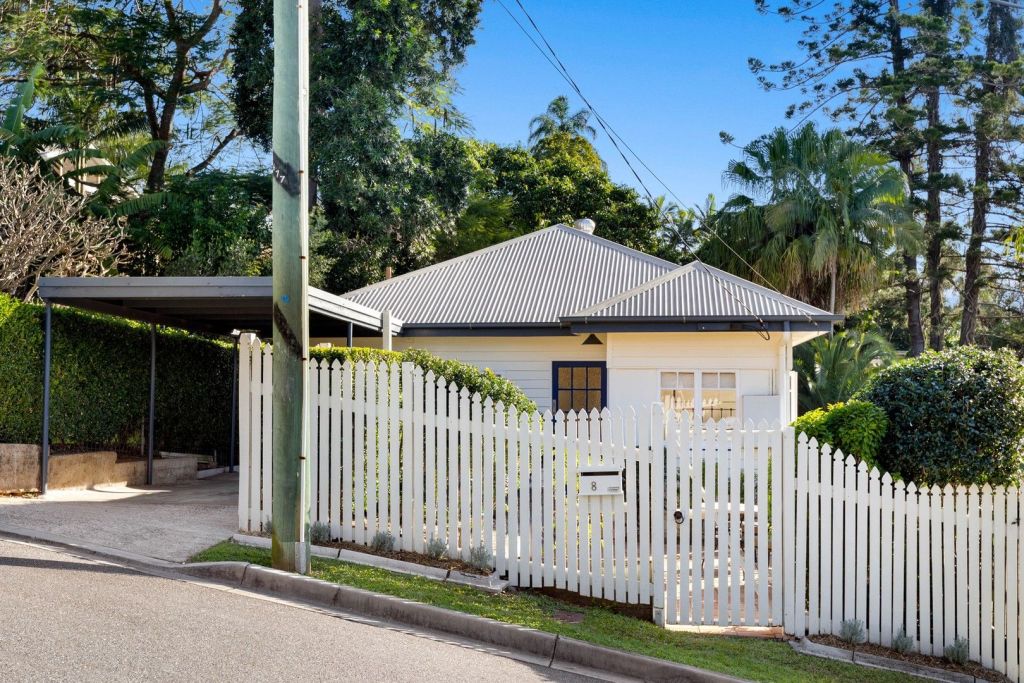Why your bank won't give you a home loan even though you're already paying the same in rent
Just a few years ago, when the Reserve Bank of Australia dropped the official interest rate to a historically low 0.1 per cent, mortgage broker Victor Kalinowski was fielding calls from people looking to buy and take advantage of the cheap cost of debt.
Fast-forward to now, and despite the cash rate sitting at 4.1 per cent, Kalinowski is now fielding calls from people looking to buy because they desperately want to escape the rental market.
“The increase landlords were asking for started to make it cheaper for some people to buy,” he said.
For those who haven’t applied for a loan before, it seems reasonable to assume that paying rent demonstrates that you can service a loan. But is that what lenders look for when deciding on your borrowing capacity?
For example, if a couple can demonstrate they are forking out $1000 a week in rent, will they be able to secure a loan for $650,000 – which, at an interest rate of 6.25 per cent, would roughly equate to $4000 a month in repayments?
The answer is … no, not necessarily.

Kalinowski, the founder of Blackk Mortgage Brokers, said lenders decided on borrowing capacity based on four categories: income, expenses, credit history and the size of the deposit.
“The lower your expenses, and the higher your income, deposit and credit score is, the better it is,” he said.
“Sure, you might have an ability to pay $1000 a week in rent, but you may not have the level of deposit in order to borrow that much money. Your income and cash flow is one level, but you’ve also got to have enough equity and have a high enough credit score to meet the criteria.”
“It’s not as black and white as it might look from the outside.”
The serviceability buffer
Banks and lenders also consider what is known as a serviceability buffer when assessing a home loan application.
“Banks are required to assess their customers’ ability to repay their home loan based on an interest rate that is higher than the actual interest rate they will have when they first apply for their home loan,” said Michael Baumann, executive general manager home buying at Commonwealth Bank.
Most banks’ buffer is about 3 per cent, Kalinowski said. So if the banks’ interest rate was currently 6 per cent, they were assessing applicants’ ability to service the loan at 9 per cent. “It’s almost a 50 per cent increase on the current interest rate,” he said. “That’s huge.
“The bank is trying to ensure that, even if interest rates rise, you don’t have to move out and sell.”

As part of the assessment, the bank will pore over your income, living expenses, liabilities and repayments – such as loans, child support and credit cards.
“In addition, we will also look at deposit savings, saving history and credit rating,” CBA’s Baumann said.
So what about rent?
“If a customer is looking for a property to live in, rent may not be considered as an expense as part of the home loan application,” he said.
Rental history still matters
While the amount of rent paid does not automatically serve as proof of serviceability, a rental history can still be advantageous.
Kalinowski said it was particularly helpful if applicants did not have a credit score. “Showing the rental history can show that you paid rent on time and have been reliable.”
First-home buyers are advised to consider the additional costs associated with buying a home – beyond the deposit and mortgage repayments.
“These can include government taxes like stamp duty, bank fees, inspections, agent fees and legal fees. It’s important to factor these costs when budgeting for a property purchase to avoid any surprises,” Baumann said.
Ongoing ownership costs will include rates, insurance, utilities and maintenance.
We recommend
We thought you might like
States
Capital Cities
Capital Cities - Rentals
Popular Areas
Allhomes
More
- © 2025, CoStar Group Inc.










